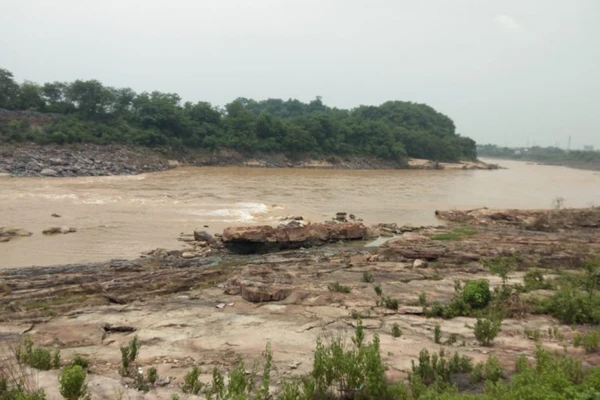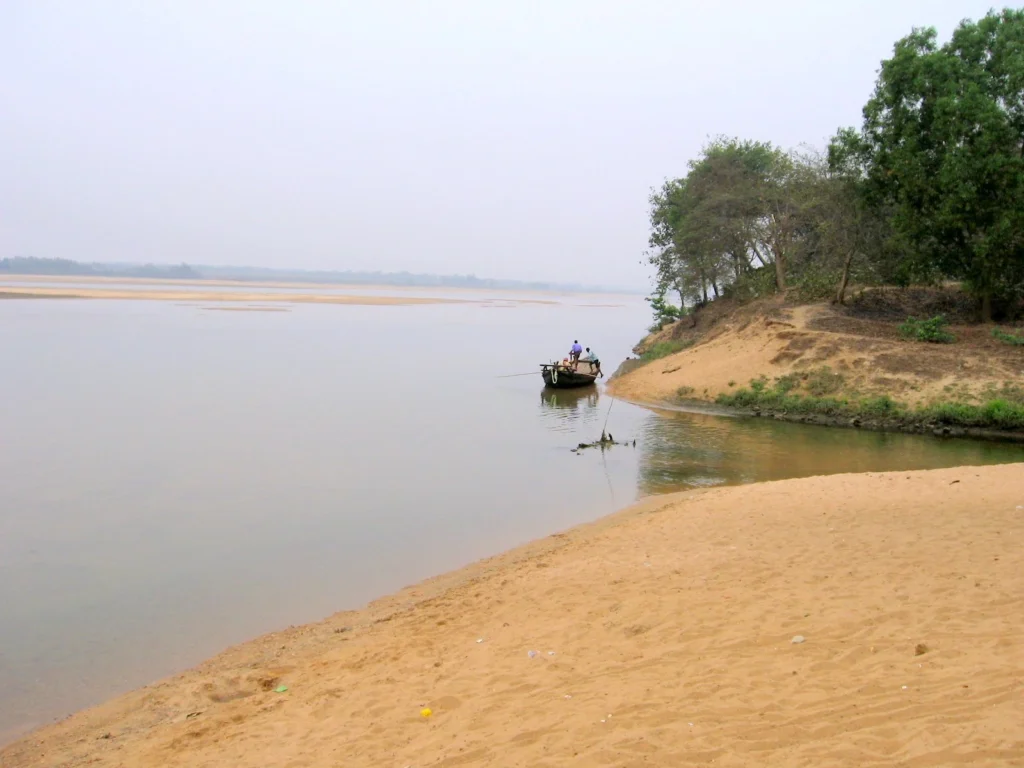Conservation of River Damodar is being prioritized by the state of Jharkhand to address severe contamination and restore the river’s health.
About River Damodar:
- The Damodar River is a rain-fed river that flows through the Indian states of Jharkhand and West Bengal.
- It originates in Khamarpat Hill on the Chotanagpur Plateau in Palamau district of Jharkhand.
- It flows eastward through the states of Jharkhand and West Bengal before joining the Hugli River (a distributary of the Ganges) near the city of Kolkata.
- It was also known as the “Sorrow of Bengal” due to the devastating floods it caused in the plains of West Bengal.
- Construction of dams on the Damodar and its tributaries has helped control some of the flooding.
- The valley is rich in mineral resources and is renowned for large-scale mining and industrial activity.
- The Damodar River is fed by several tributaries and subtributaries, including Barakar, Konar, Bokaro, Haharo, Jamunia, Ghari, Guaia, Khadia, and Bhera.
- The severe contamination of Damodar River water is primarily due to the mixing of urban-industrial and agricultural effluents, resulting in elevated levels of BOD, DO, fecal coliform, COD, fluoride, TSS, and turbidity in the river water.
Ref:Source
| UPSC IAS Preparation Resources | |
| Current Affairs Analysis | Topperspedia |
| GS Shots | Simply Explained |
| Daily Flash Cards | Daily Quiz |



